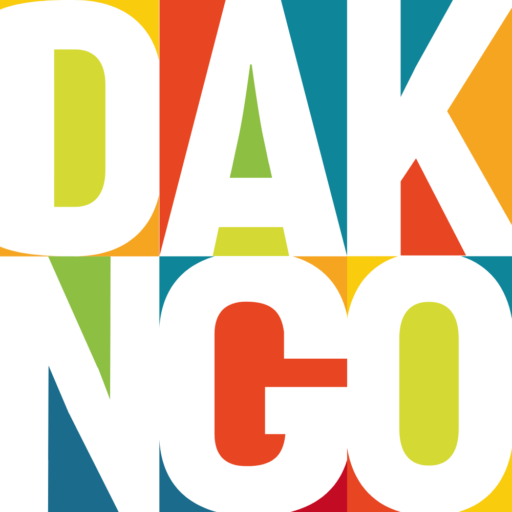Art has been a defining aspect of human culture for thousands of years. It is a means of expression that communicates ideas and emotions to others, transcending language barriers and bringing people together. With the advent of artificial intelligence (AI), the arts are poised to undergo a significant transformation. While there are many potential benefits to using AI in the arts, there are also risks to consider.
One of the primary benefits of AI in the arts is the ability to create new and innovative works of art. AI algorithms can analyze vast amounts of data and identify patterns humans might miss. This can create new styles and techniques that push the boundaries of traditional art forms.
For example, AI can be used to generate music compositions or visual art that reflect the style of a particular artist or art movement. By training AI models on large datasets of existing artwork, it is possible to create works that are stylistically similar to those of established artists or even to create entirely new art forms.
Another benefit of AI in the arts is the ability to automate certain aspects of the creative process. For example, AI can generate sketches or preliminary designs, allowing artists to focus on their work’s more complex and creative aspects. This can save time and improve the efficiency of the creative process.
Despite the potential benefits of AI in the arts, there are also significant risks to consider. One risk is the potential for AI-generated art to lack the emotional depth and authenticity of human-created art. While AI can generate works stylistically similar to those of established artists, it may struggle to create art that truly resonates with viewers emotionally.
Additionally, there is a risk that AI-generated art could further exacerbate inequality and representation in the arts. If AI algorithms are trained on biased or lacking diversity datasets, the resulting art could perpetuate existing inequalities in the art world.
There is also a risk that the use of AI in the arts could lead to a devaluation of human creativity and talent. If AI-generated art becomes more popular and widely accepted, it could lead to a situation where human artists are seen as less valuable or important.
The future of the arts with AI is uncertain, but there is no doubt that it has the potential to transform the way we create and experience art. While AI has many potential benefits in the arts, it is essential to consider the risks and ensure that we use this technology responsibly and ethically. Ultimately, the role of AI in the arts will depend on how we choose to use it, and whether we can strike a balance between innovation and authenticity.

